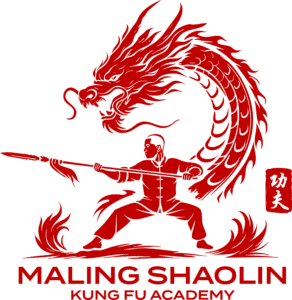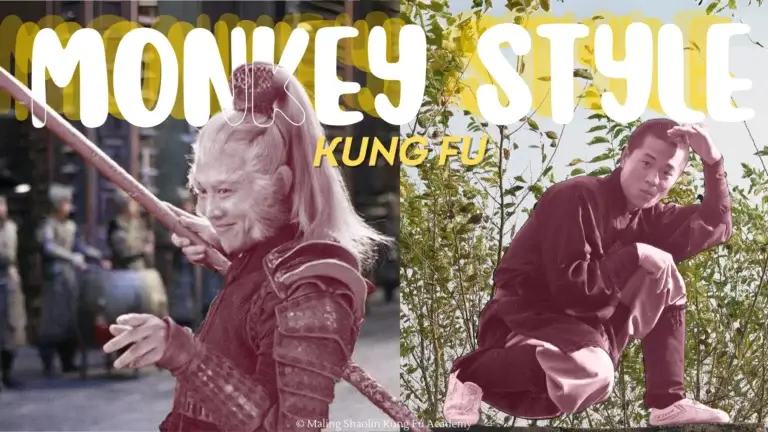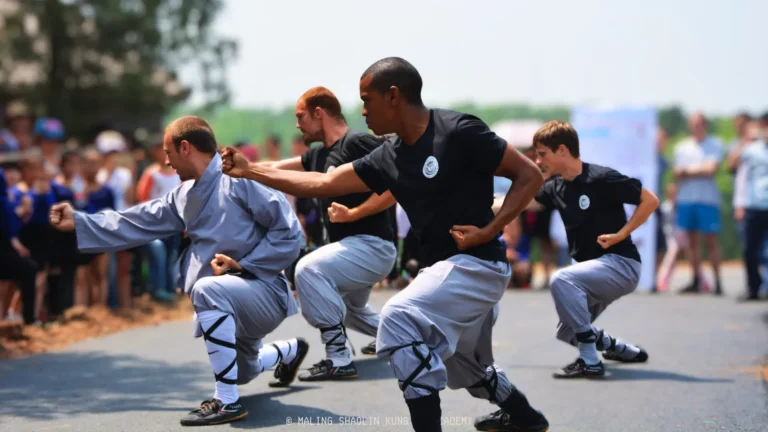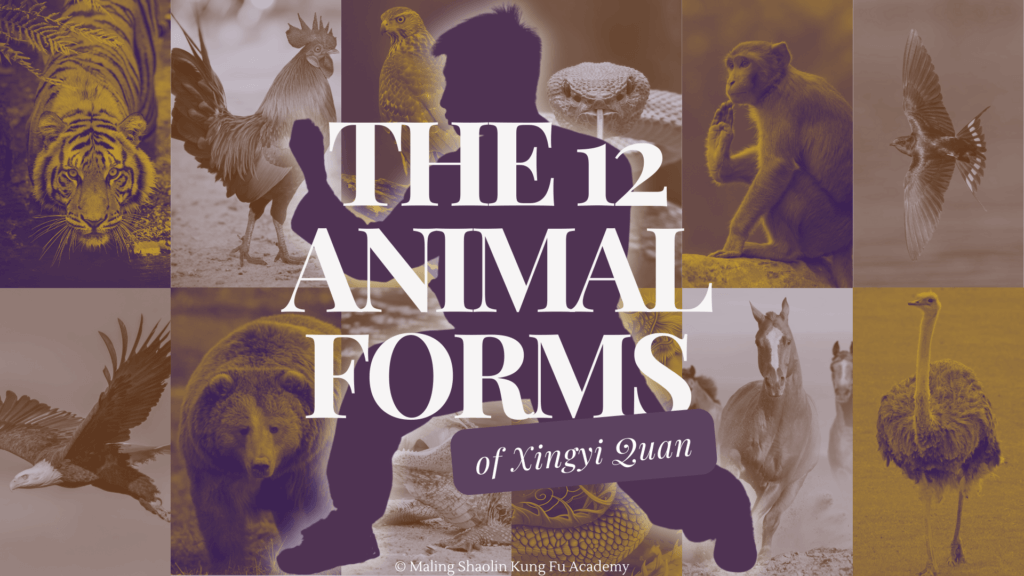
Xingyi Quan (形意拳), one of the three main internal Chinese martial arts, incorporates movements and strategies inspired by twelve animals. These animal forms, known as the Twelve Animal Forms (十二形, Shí’èr Xíng), add diversity to the practitioner’s repertoire and reflect the martial art’s deep connection to nature. Each animal form embodies unique characteristics and fighting strategies, allowing practitioners to adapt to various combat scenarios.
The Twelve Animal Forms
Here is an overview of all twelve animal forms:

1. Dragon (龙, Lóng)
- Characteristics: The dragon form emphasizes twisting and coiling movements. It is designed to cultivate internal energy (Qi) and enhance the practitioner’s ability to generate spiraling force.
- Technique: Movements include twisting strikes, coiling defenses, and the use of whole-body power.
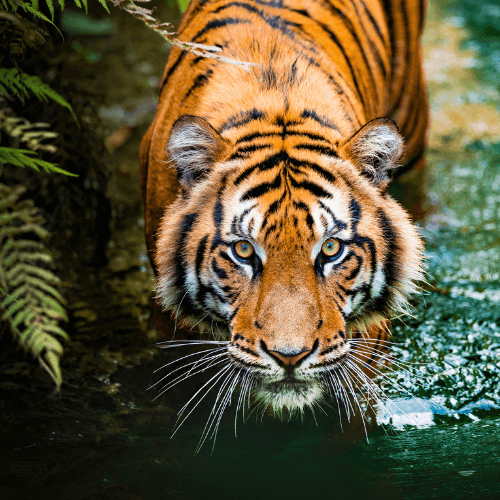
2. Tiger (虎, Hǔ)
- Characteristics: The tiger form focuses on strength and ferocity. It is characterized by powerful, straightforward attacks that mimic a tiger’s pounce.
- Technique: Techniques include strong, direct strikes, powerful grabs, and forceful lunges.
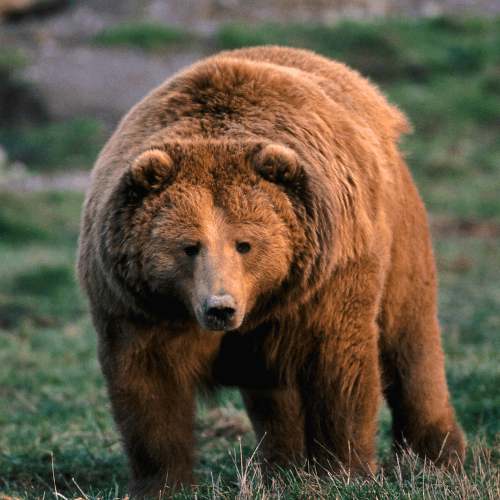
3. Bear (熊, Xióng)
- Characteristics: The bear form focuses on strength and rootedness. It is designed to develop the practitioner’s ability to absorb and redirect force.
- Technique: Techniques include strong, grounded stances and powerful, sweeping strikes.
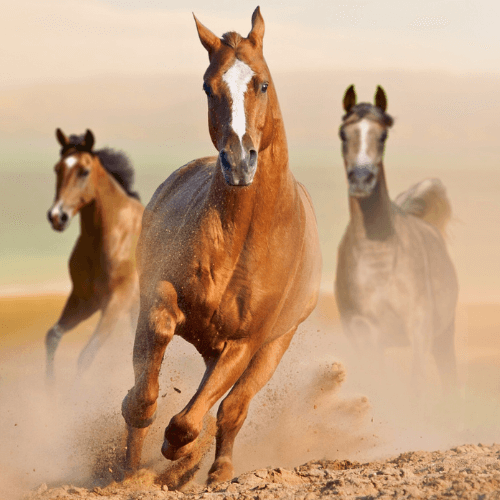
4. Horse (马, Mǎ)
- Characteristics: The horse form is known for its stamina and endurance. It develops the practitioner’s ability to maintain stability and deliver powerful kicks.
- Technique: Techniques include strong stances, rapid footwork, and powerful kicks.
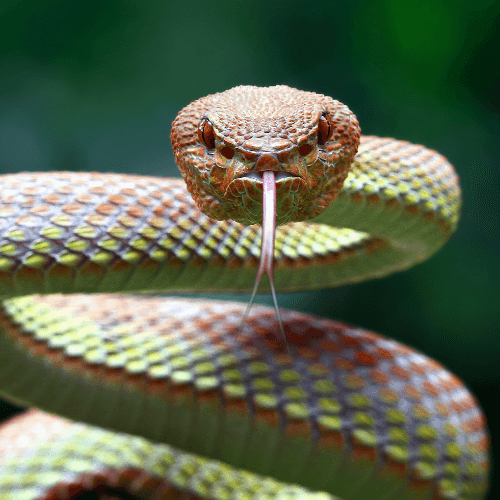
5. Snake (蛇, Shé)
- Characteristics: The snake form emphasizes flexibility and fluidity. It is designed to develop the ability to deliver continuous, flowing strikes.
- Technique: Movements are fluid and continuous, with an emphasis on winding and coiling strikes.
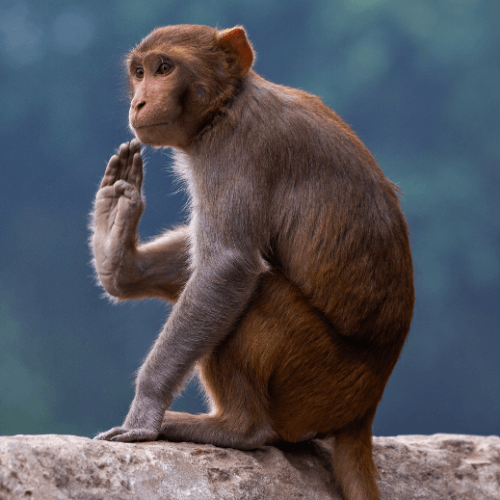
6. Monkey (猴, Hóu)
- Characteristics: The monkey form emphasizes agility, unpredictability, and speed. It is designed to develop quick reflexes and dynamic movement.
- Technique: Movements are light, quick, and agile, often incorporating sudden changes in direction and elevation.
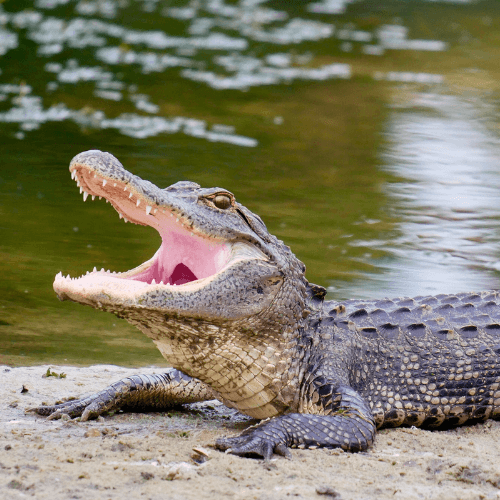
7. Alligator (鳄, È)
- Characteristics: The alligator form emphasizes strong, low stances and sweeping movements. It is designed to develop strength and stability in the lower body.
- Technique: Movements include low stances, sweeping strikes, and strong leg techniques.
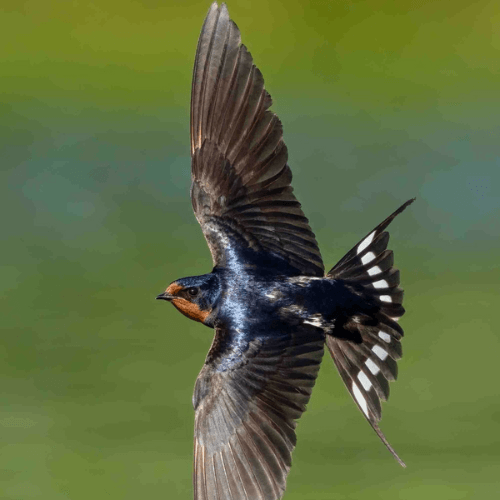
8. Swallow (燕, Yàn)
- Characteristics: The swallow form focuses on lightness and agility. It is characterized by quick, darting movements that mimic a swallow’s flight.
- Technique: Techniques include swift strikes, rapid footwork, and light, evasive maneuvers.
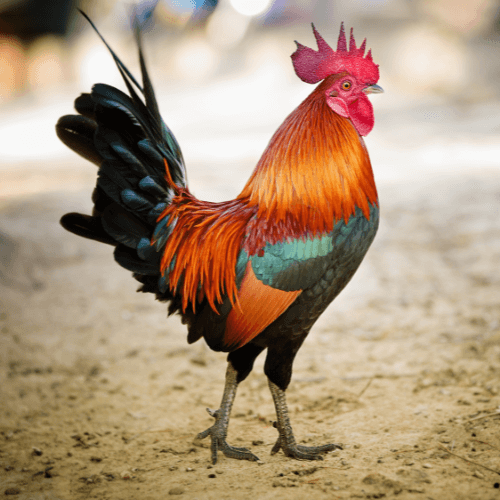
9. Chicken/Rooster (鸡, Jī)
- Characteristics: The chicken form focuses on speed and precision. It mimics the quick, pecking movements of a chicken.
- Technique: Techniques include rapid, precise strikes, often aimed at vital points.
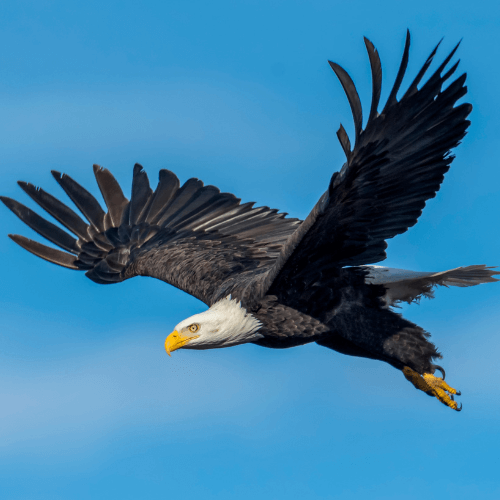
10. Eagle (鹰, Yīng)
- Characteristics: The eagle form emphasizes strong, gripping techniques and powerful strikes. It is characterized by movements that mimic an eagle’s talons.
- Technique: Movements include gripping, tearing, and powerful, downward strikes.
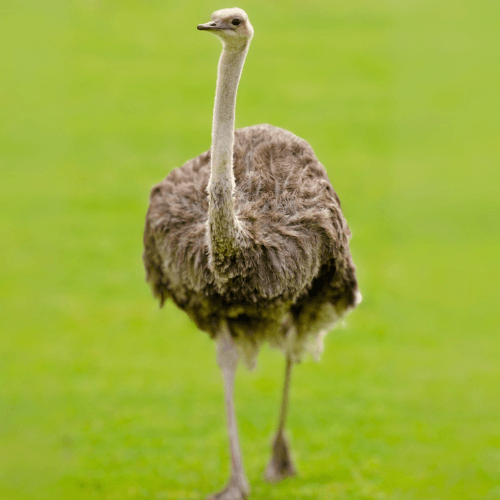
11. Ostrich (鸵, Tuó)
- Characteristics: The ostrich form embodies strength and stability. It is designed to develop the practitioner’s lower body strength, balance, and endurance.
- Technique: Techniques include by strong, sweeping kicks, solid stances, and powerful strikes.
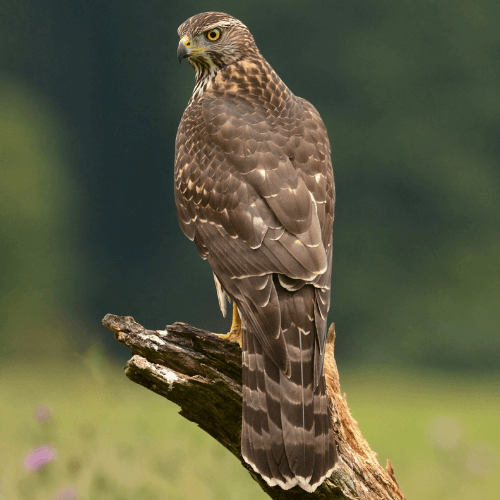
12. Sparrow Hawk (燕, Yàn)
- Characteristics: The sparrow hawk form emphasizes agility and speed. It to develop quick reflexes, sharp movements, and a keen sense of timing.
- Technique: Techniques include rapid footwork, sudden changes in direction, and quick, snapping strikes.
Twelve Animal List Variations
The Twelve Animal Forms in Xingyi Quan can vary depending on the lineage or source. These differences arise due to the transmission of the art through different masters and regions, leading to slight variations in the animals chosen to represent the forms. Here’s a detailed analysis of the variations and their potential reasons:
Commonly Recognized Animals in Xingyi Quan
Core Animals (Consistently Found Across Sources):
- Dragon (龙, Lóng)
- Tiger (虎, Hǔ)
- Monkey (猴, Hóu)
- Horse (马, Mǎ)
- Snake (蛇, Shé)
- Chicken (鸡, Jī)
- Eagle (鹰, Yīng)
- Bear (熊, Xióng)
- Swallow (燕, Yàn)
These nine animals are consistently mentioned across most sources, reflecting their foundational status in the practice of Xingyi Quan.
Variations and Their Reasons
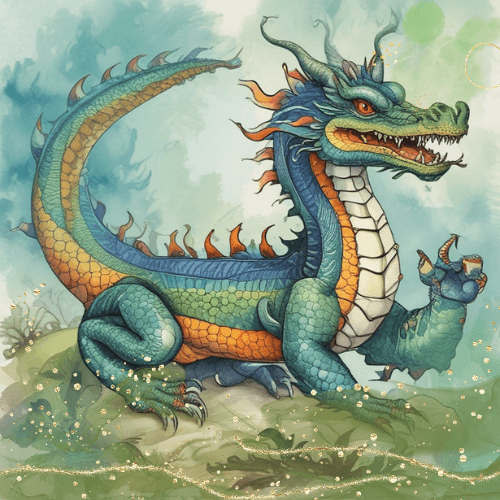
1. Tuó (鼍) – Alligator/Crocodile
- This animal is fairly consistent but sometimes replaced with or associated with mythical creatures (typically one of the 9 Children of the Dragon) due to regional interpretations of mythology.
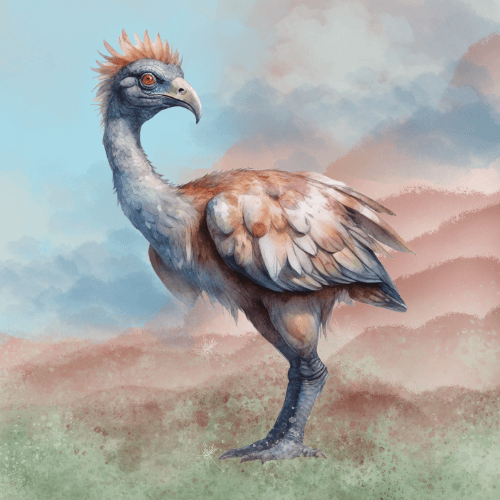
2. Tai (鸟, Tài) – Tai Bird/Ostrich
- The Tai bird is described in some sources as a mystical ostrich-like creature. This variation might stem from different regional mythologies or interpretations of ancient texts.
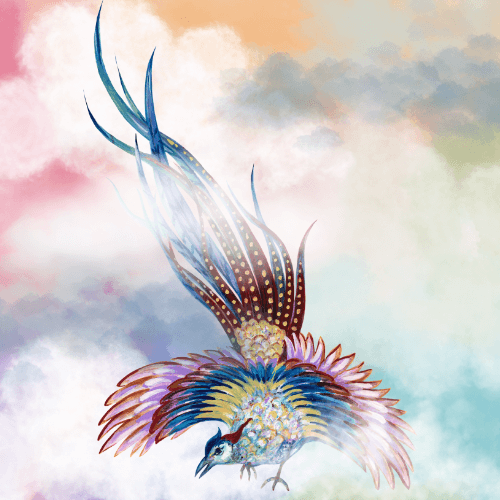
3. Phoenix (凤, Fèng) vs. Sparrow Hawk (雀鹰, Quèyīng)
- The Phoenix is a mythological bird symbolizing immortality and renewal. In contrast, the sparrow hawk is a real bird known for its agility and precision in hunting.
- These differences can be attributed to the symbolic representation and practical application. The Phoenix form may emphasize grace and fluidity, while the sparrow hawk focuses on speed and precision.
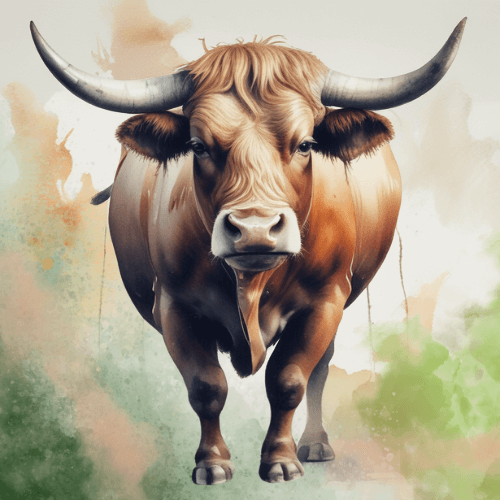
4. Ox (牛, Niú) – Ox/Wild Horse
- In some interpretations, the ox represents strength and grounded power. However, it can also be interpreted as a wild, fiery horse, especially in regions where such animals are more culturally significant.
- This could explain the inclusion of a fiery horse in some lists, emphasizing aggressive and dynamic movements.
Comparing the Lists
List 1 (Core Animals + Mythical/Fantasy):
- Phoenix: Represents mythical elements and emphasizes fluid, ethereal movements.
- Tai Bird: Emphasizes unique, possibly flight-oriented or evasive maneuvers.
List 2 (Core Animals + Practical/Realistic):
- Sparrow Hawk: Practical and focused on precision and agility.
- Ox/Wild Horse: Grounded, powerful movements emphasizing stability and strength.
Martial Arts Application
- Mythical/Philosophical Representation: Including animals like the Phoenix or Tai bird adds a layer of philosophical or mythical symbolism to the practice. These forms may emphasize the spiritual or mental aspects of martial arts, focusing on the internal development of the practitioner.
- Practical/Realistic Representation: Animals like the sparrow hawk and ox offer practical applications that are directly translatable to physical techniques. These forms emphasize realistic combat skills and physical conditioning.
Conclusion
The Twelve Animal Forms of Xingyi Quan offer practitioners a comprehensive set of tools for developing both physical and mental attributes essential for martial arts. Each form teaches unique principles and techniques, enhancing adaptability and deepening the understanding of the internal and external aspects of martial arts. The variations in the Twelve Animal Forms of Xingyi Quan reflect the diverse cultural, regional, and philosophical influences on the art. While the core animals provide a consistent foundation, the inclusion of different creatures like the Phoenix, Tai bird, sparrow hawk, or ox highlights the flexibility and richness of Xingyi Quan. Through the study of these animal forms, Xingyi practitioners not only gain practical combat skills but also connect with the ancient wisdom and natural rhythms that form the foundation of this traditional Chinese martial art.
